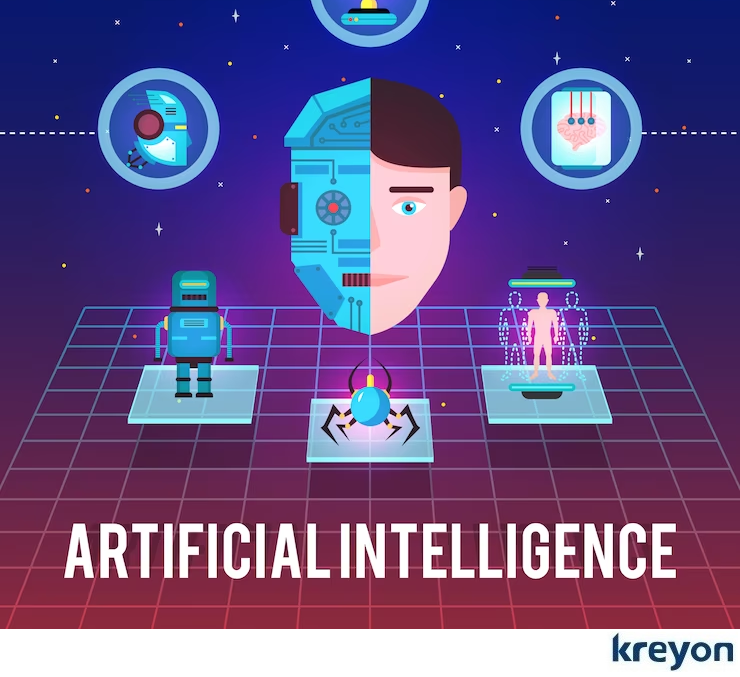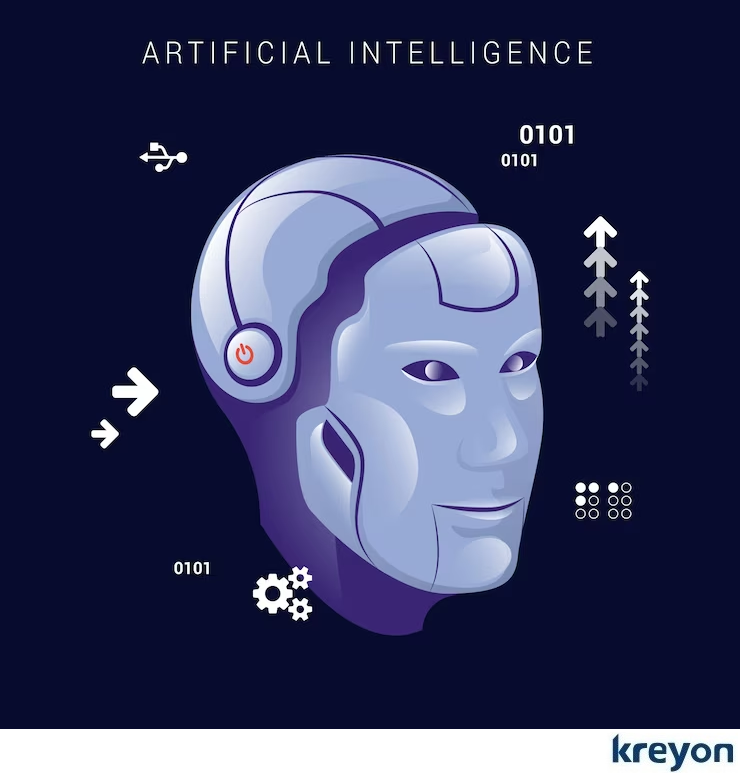Exploring Hugging Face Tokenization Techniques for AI Software: From Text to Tensors

Here we take a deep dive into Hugging Face tokenization techniques, understanding how they work and their significance in enabling complex NLP tasks. In the realm of Natural Language Processing (NLP), one of the fundamental challenges is processing raw text data to make it understandable to machines.
Hugging Face, a pioneering platform in the field of NLP, has developed sophisticated tokenization techniques that bridge the gap between textual data and machine-readable tensors.
Tokenization is the process of breaking text down into smaller units, such as words or characters. This is a necessary step before text can be used by machine learning models. Hugging Face is a popular library for natural language processing (NLP). It provides a variety of tokenization techniques that can be used with a variety of languages.
The Role of Tokenization: Transforming Text into Tensors
Before delving into the specifics of Hugging Face’s tokenization, let’s grasp the concept of tokenization itself. Tokenization involves breaking down a sentence or a text document into smaller units, called tokens. These tokens can be individual words, subwords, or characters, depending on the tokenization strategy employed.
In the context of NLP, tokenization serves as a critical step to convert raw text data into a format that machine learning models can process effectively. Each token is assigned a unique identifier, allowing machines to understand and manipulate text in a structured manner.
Hugging Face’s Subword Tokenization: A Game-Changer

Hugging Face’s tokenization techniques have gained immense popularity due to their efficacy, especially in handling languages with complex morphologies and variations. At the heart of Hugging Face’s approach lies subword tokenization, which involves dividing words into smaller meaningful subunits.
For instance, the word “unhappiness” might be tokenized into “un”, “happiness”. This method addresses challenges posed by inflections, compound words, and unknown terms that might not be present in pre-trained models’ vocabularies.
Attention Masks: Enhancing Understanding
Tokenization isn’t just about breaking text into tokens; it’s also about providing context. This is where attention masks come into play. Hugging Face’s tokenization process includes generating attention masks that indicate which tokens are relevant to each other in a given sequence. These masks enable models to focus on relevant information and disregard irrelevant tokens, contributing to more accurate predictions.
Special Tokens: Signposts for Models

Hugging Face’s tokenization approach introduces special tokens that serve as signposts for various NLP tasks. These tokens include [CLS] for classification tasks, [SEP] to separate sentences, and [MASK] for masked language modeling.
These special tokens guide models on how to interpret the sequence and perform the desired tasks effectively.
Handling Out-of-Vocabulary Words: The Subword Magic
In natural language processing (NLP), out-of-vocabulary (OOV) words are words that are not in the vocabulary of a model. This can be a problem for NLP models, as they may not be able to understand or predict the meaning of OOV words.
There are a number of techniques that can be used to handle OOV words. One common technique is to simply ignore OOV words. This is often done for tasks such as text classification, where the meaning of the text is not dependent on the specific words that are used.
However, ignoring OOV words can lead to a loss of information, and it can also make it difficult for the model to learn the meaning of new words. For this reason, it is often better to try to handle OOV words in some way.
Out-of-vocabulary (OOV) words pose a challenge in NLP. Hugging Face’s subword tokenization offers a clever solution.
By breaking words into subunits, the model can handle words that weren’t present during training. For instance, the word “unknown” might be tokenized into “unk”, “##nown”, allowing the model to still comprehend its meaning based on familiar subunits.
Vocabulary and Padding: Building Model-Ready Inputs
Hugging Face maintains a vocabulary of subword units, which models use to represent tokens. When tokenizing text, words are replaced with their corresponding subword units from the vocabulary. However, this vocabulary size is often limited, requiring strategies for handling out-of-vocabulary tokens.
Padding is another consideration in tokenization. Models often expect inputs of uniform length, which can be achieved by padding sequences with special padding tokens. Hugging Face’s tokenization process handles padding seamlessly, ensuring that inputs are ready for model consumption.
Application in Practice: Navigating Hugging Face’s Transformers

Hugging Face’s tokenization techniques are at the core of their popular transformers, which are pre-trained models for various NLP tasks.
These transformers, such as BERT, GPT-3, and more, have revolutionized the field by providing state-of-the-art performance in tasks like text classification, machine translation, and sentiment analysis. Hugging face tokenization can be used in varous NLP tasks, some of which are as follows:
Text classification: Hugging Face tokenizers can be used to tokenize text for text classification tasks, such as spam filtering and sentiment analysis.
Question answering: Hugging Face tokenizers can be used to tokenize text for question answering tasks, such as answering questions about factual topics.
Machine translation: Hugging Face tokenizers can be used to tokenize text for machine translation tasks, such as translating text from one language to another.
Text summarization: Hugging Face tokenizers can be used to tokenize text for text summarization tasks, such as generating summaries of long text documents.
Natural language generation: Hugging Face tokenizers can be used to tokenize text for natural language generation tasks, such as generating creative text formats, like poems, code, scripts, musical pieces, email, letters, etc.
Conclusion: Bridging the Text-to-Tensor Gap with Hugging Face Tokenization
In the world of Natural Language Processing, Hugging Face’s tokenization techniques play a pivotal role in enabling machines to understand and process human language effectively.
Subword tokenization, attention masks, and special tokens are the building blocks that empower complex NLP models to perform intricate tasks with remarkable accuracy.
As the field of NLP continues to evolve, Hugging Face’s contribution to tokenization ensures that our interactions with machines are more intuitive, natural, and productive than ever before.
By transforming raw text into tensors, Hugging Face’s tokenization techniques are driving the advancement of AI-powered language understanding and communication.
Hugging Face tokenization techniques are a testament to the power of innovation in NLP. They have not only transformed the way we approach text processing but have also paved the way for groundbreaking applications that push the boundaries of what machines can achieve in understanding and generating human language.
Kreyon Systems develops AI software to transform organizational processes for financial accounting, human resources and business management. If you need any assistance or have queries for us, please reach out.
